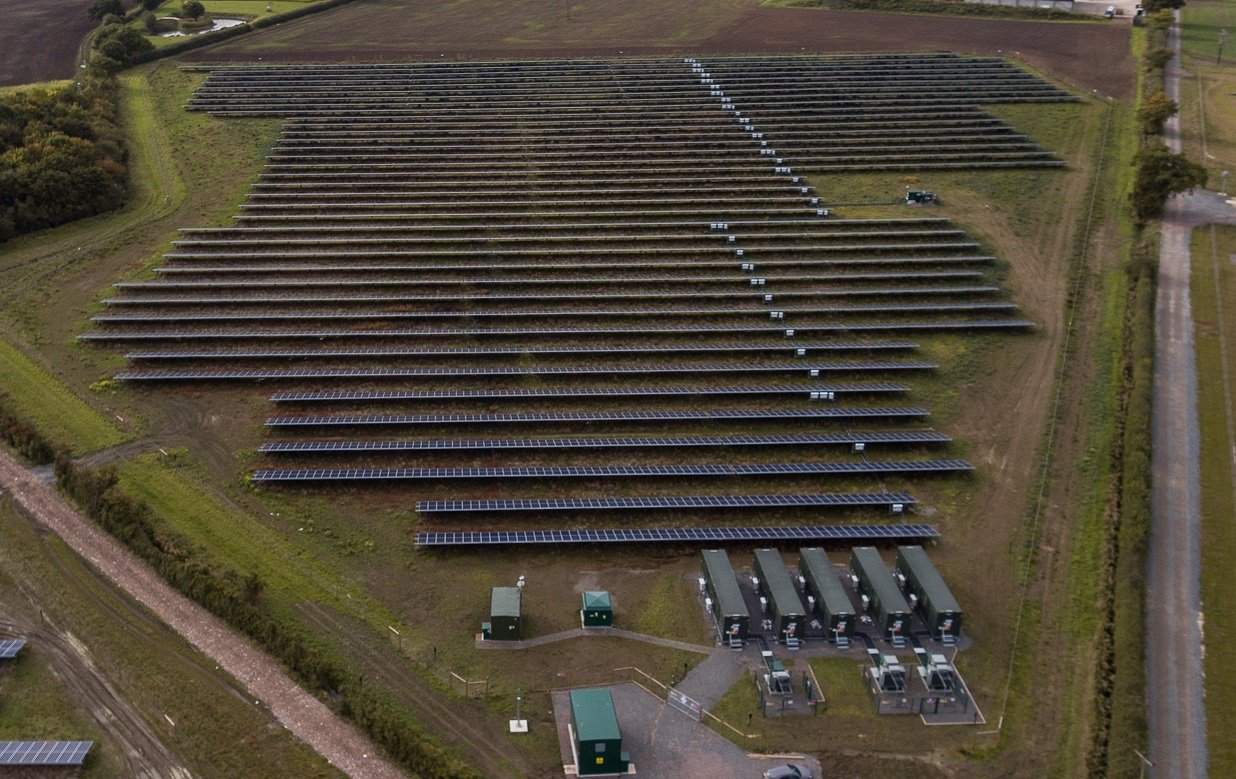As renewables penetration increases, transmission and distribution (T&D) infrastructure will require significant reinforcement.
Battery storage is becoming a key alternative to traditional ways of reinforcing network infrastructure, because it is fast to deploy, can provide multiple services, and often comes at a lower capital cost. IHS Markit analyst Oliver Forsyth delves into the additional value streams that strengthen the case for grid-connected batteries.
When an area becomes saturated with behind-the-meter solar, there can be issues with power backfeeding to local substations, which can damage network infrastructure. In addition, lines can become congested, limiting the amount of power that can be exported, often leading to curtailment.
Energy storage can solve many of these issues by balancing power generation with demand. Network operators and utilities are most commonly interested in using energy storage to manage congestion, mitigate outages, and provide voltage support. Deferring network investment is certainly a potential benefit, but is not a service that a battery provides on an ongoing basis. Providing capacity is not considered a network enhancement, but rather a generation support service, and so is not considered here.
IHS Markit predicts that 5.4 GW of battery energy storage will be installed worldwide for transmission and distribution (T&D) network enhancement between 2020 and 2025. The services that a T&D-enhancing storage system can provide depend on the location of the system, local regulations, and condition of the network.
Read more: pv magazine




